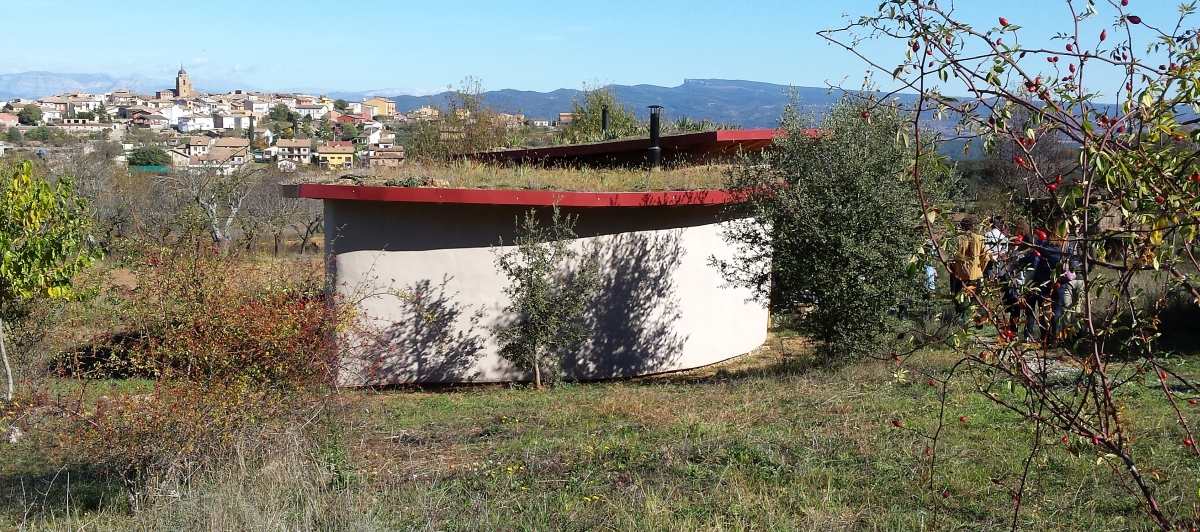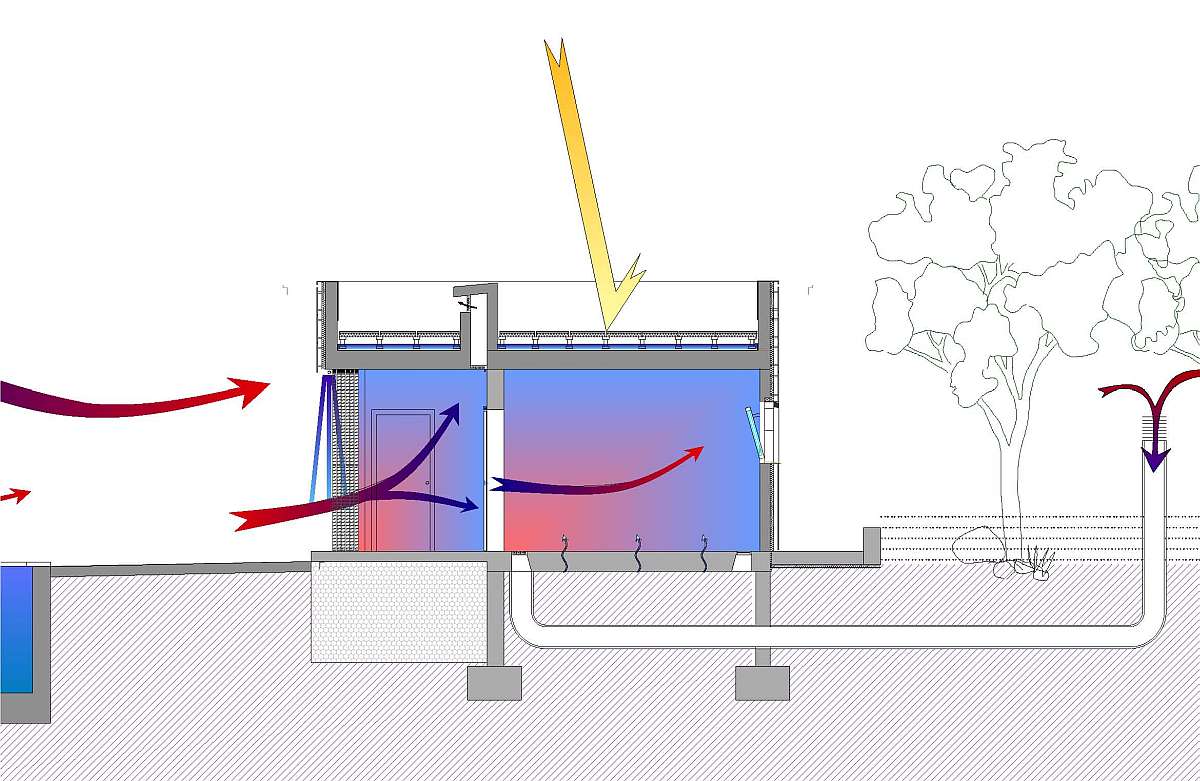The bases of Bioconstruction are those aimed at achieving a healthy, efficient and ecological environment. From my experience with projects and training in bioclimatics, biohabitability and bioconstruction, I have summarized and grouped them as follows, in five areas:
CHOICE AND ADAPTATION TO THE ENVIRONMENT
1. Environment free of physical, chemical, biological or geological contaminants. Integrated and integrated bioclimatic design
2. Conducting a geobiological, microclimatic and bioclimatic report that considers the environmental factors of the environment

CHOICE OF MATERIALS AND CONSTRUCTION SYSTEMS
3. Natural and untreated, healthy and polluting, next or Km 0, renewable, reusable and recyclable materials
4. Constructive system adapted to the environment, climate, materials. With participatory or self-constructed processes. That favors manual work and the local economy

SAFE, HEALTHY, COMFORTABLE AND BEAUTIFUL BUILDINGS
5. Design proportionate, harmonious and ergonomic spaces that favor the individual and collective development of the community
6. Hygrothermal comfort with underfloor heating and hygroscopic surface finishes
7. Indoor air quality with natural cross ventilation, minimization of odors and emissions of pollutants
8. Acoustic comfort with minimization and damping of indoor and outdoor sources of noise and vibrations.
9. Light comfort, prioritizing natural lighting, avoiding glare and installing biocompatible luminaires

ENERGY EFFICIENCY, WATER AND WASTE
10. Buildings of zero consumption, with bioclimatic strategies, solar protection and glazing according to orientation, green roofs or / and greenhouses according to climates.
11. Efficient, healthy, biocompatible and integrated facilities. Use of renewable and nearby energy, promoting self-consumption.
12. Closed water cycle in its collection, storage, use, reuse or purification by natural means.
13. Use and maintenance manual in order to minimize deterioration and prolong its useful life.

POSITIVE IMPACT ON SOCIAL ENVIRONMENT OF THE BUILDING
14. Eco-neighborhoods that favor integration and avoid social imbalance, enhancing the identification and sense of belonging
15. Bioclimatic and efficient urbanism that favors the use of climate resources to minimize the use of energy
16. Energetic and socially autonomous neighborhoods, connected to each other by public transport, with pedestrian paths and for bicycles

If you are thinking of building a home following the bases of bioconstruction, do not hesitate to contact me.




